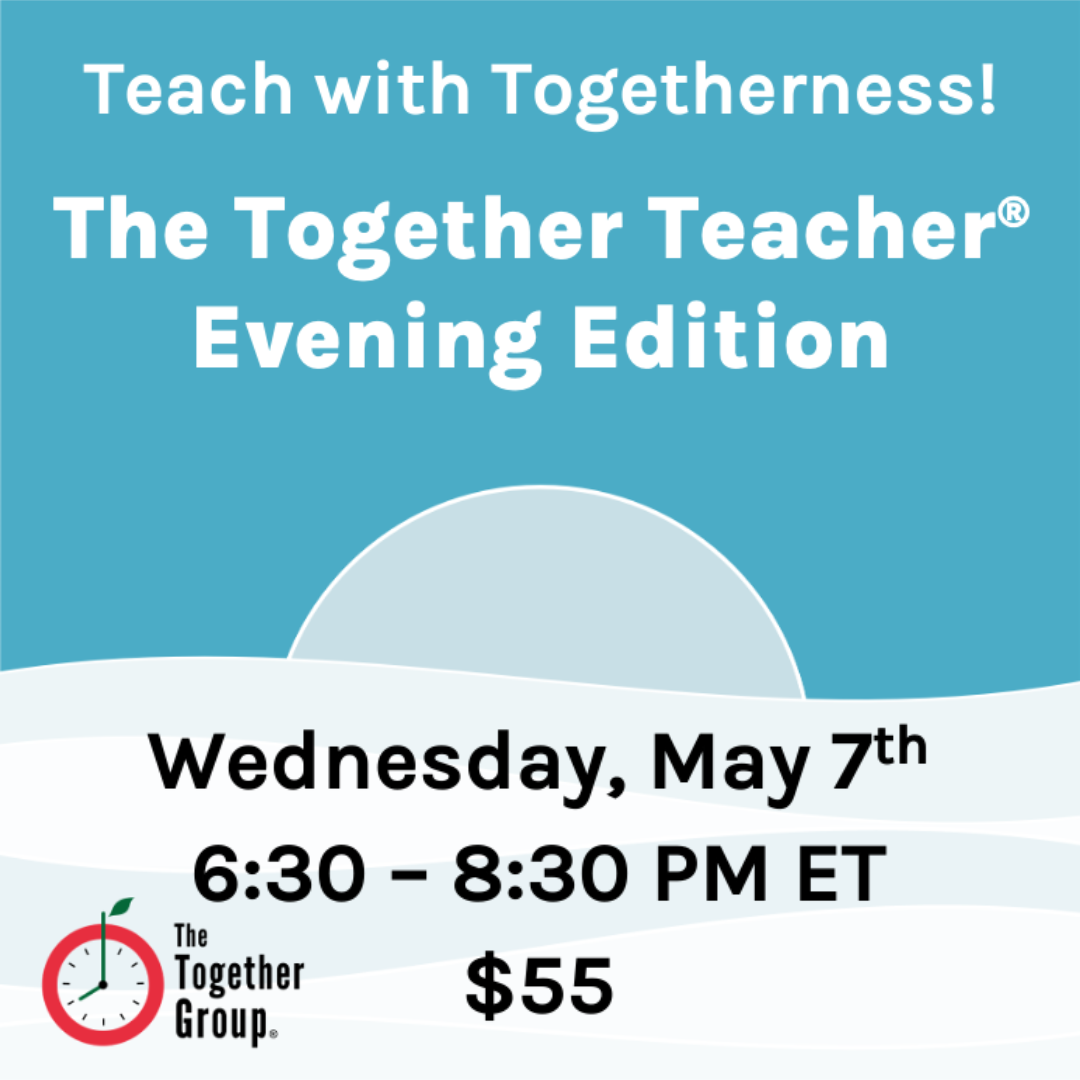Together Friends,
Welcome to February! Welcome to Almost-Spring. In an extra-heavy world, I’m here to keep shining a light on people who have chosen to work toward the greater good – and peek at just HOW they do it and what they have learned along the way.
Together Tour: Luisa Sparrow
One of my favorite parts of my job – and a marker of how long I have led The Together Group (ahem, I started this as a fun side quest in 2006!) – is watching colleagues’ careers expand and thrive. So, you can imagine my joy to see a long-time Together human, Luisa Sparrow, named as the Massachusetts Teacher of the Year. I first encountered Luisa in my work leading the Houston Institute for Teach For America in 2005, re-met her at MATCH Public Schools during an early years Together Teacher training, and then have kept in touch over the years – and she even joined our free community pop-up Together Your Holidays! Luisa is a special education teacher in Boston Public Schools, National Board Certified, and she holds several disabilities and ESL licensures as well. She is also the mom to two small children! As a parent, and a former teacher in an inclusive classroom setting, I know first-hand just how much Luisa is juggling. Let’s check in to hear a few tips and tricks from a Teacher of the Year!
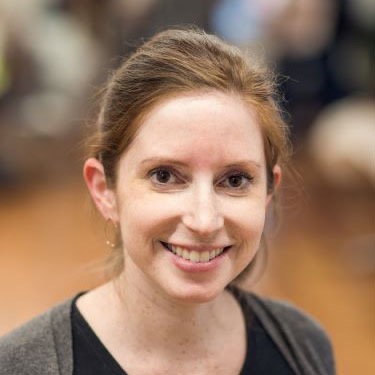
As a special educator, we know gathering, recording, and interpreting data is extra important. How do you pull that off?
First of all, I try to work very closely with the teacher who teaches the students the year PRIOR to ensure that the IEP goals are clear, measurable, and trackable. This small trick makes it so much easier for me to hit the ground running to support incoming students and collect data about their learning. With any goal we write, I want to have a very clear plan for how data is collected and reported.
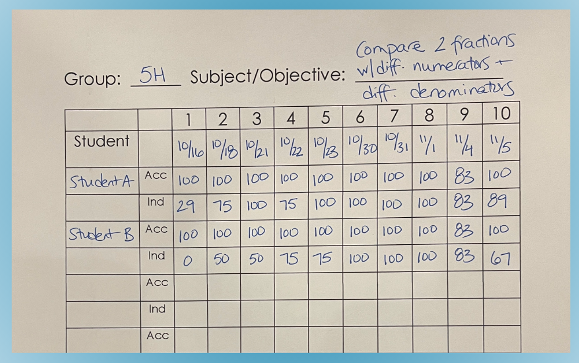
In my classroom, I use clipboards with data trackers – and privacy sheets, of course. These include students’ names, goals, and accuracy (Acc) and independence (Ind) scores for each trial. I’ve been using this system for about 7 years now, and it allows me to communicate with families and makes writing IEP progress reports much easier.
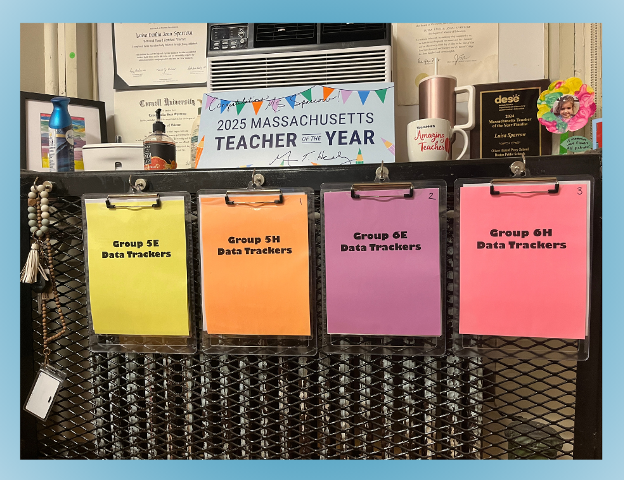
Are there other ways you stay Together in the classroom?
We have a ton of checklists, of course, including visual lists that allow my students to work more autonomously and pictures that support students who are not yet reading in accessing the information. For example, my students run a weekly coffee cart. Every Wednesday, they collect beverage orders from school staff. On Thursday mornings, they make the beverages and deliver them around the school. They use the money they earn from the coffee cart to buy lunch out when we go on our twice-monthly field trips.
The charts below help my students see each step in the coffee-making process and the steps we take to use public transportation during community-based instruction (CBI) lessons. We also tape visuals to the desks of students who need support in packing up their belongings at the end of the day. I change the pictures depending on what items they need to bring home and what their backpacks look like.
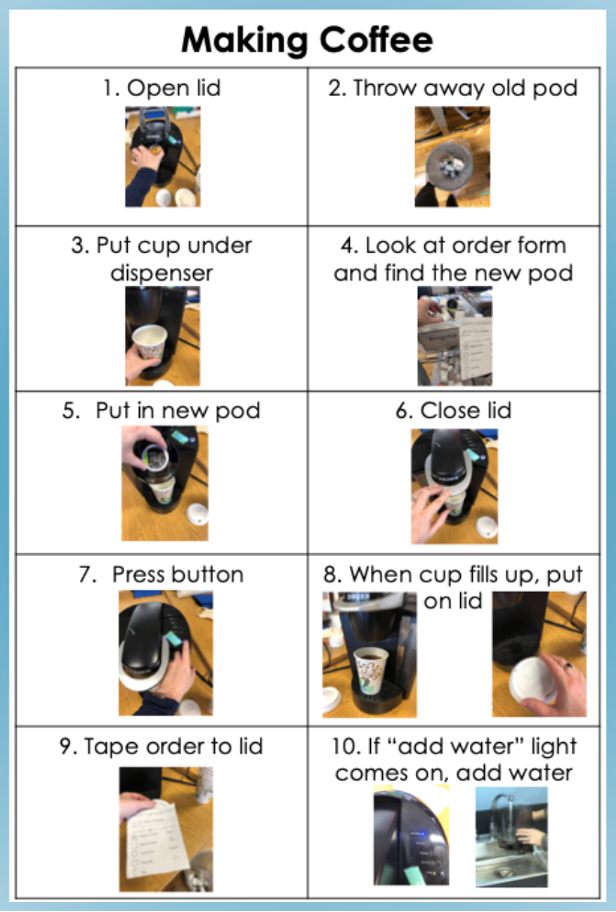
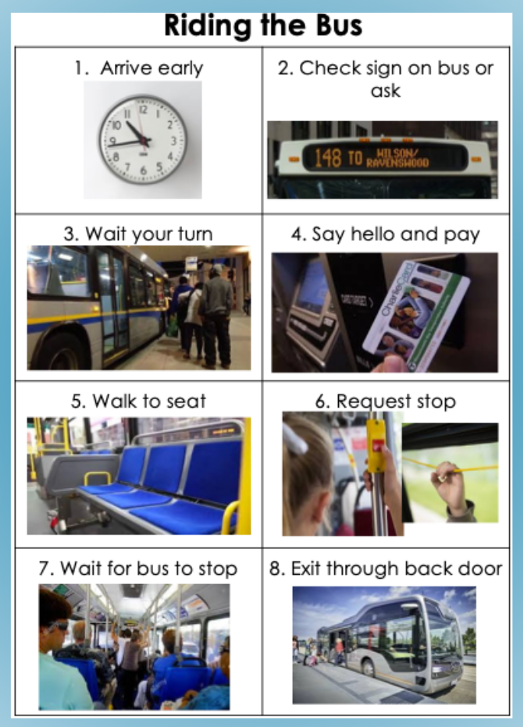
My students also LOVE their classroom jobs (accountant, caretaker, and librarian are some examples). They are huge for the maintenance of our classroom, and my students learn responsibility from them – and then, I don’t have to think about these tasks.

How do you coordinate with the various aides and paraprofessional teachers in your classroom?
I love my full-time paraprofessionals! Our classroom wouldn’t run without them. Coordination with this many adults can be a challenge, for sure, but with alignment, planning, and consistency, we can really maximize our time and serve our students. Our goal is that any adult can pop into a classroom system and make it happen. For example, with our morning and closing circles, we have checklists posted and different combinations of adults can tag in and tag out. We use color-coded work filing systems, have a visual schedule posted, and we try to help our students be as autonomous as possible.
(Editor’s Note: While this kind of planning and communicating requires up-front work, we find it is well worth it because it allows things to proceed on autopilot after the system is in place – giving more capacity to manage the unexpected things that are bound to come up!)
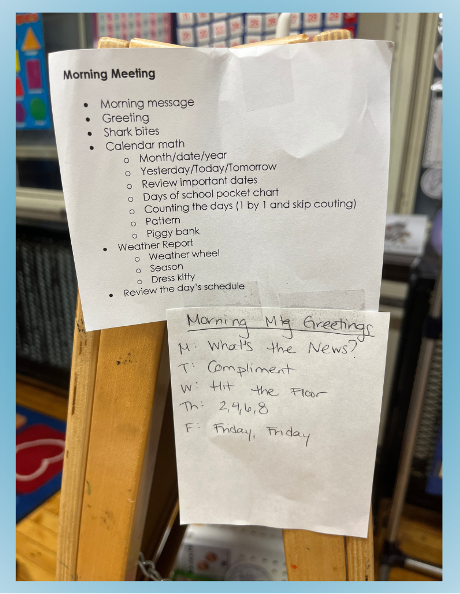
How do you stay organized at home?
My partner and I have a weekly check-in to touch base about the week ahead. For example, yesterday I was speaking to the Board of Elementary and Special Education in the morning. I needed to communicate to my husband that I would not be able to help with the morning routine. Our check-ins help us get on the same page about any schedule changes.
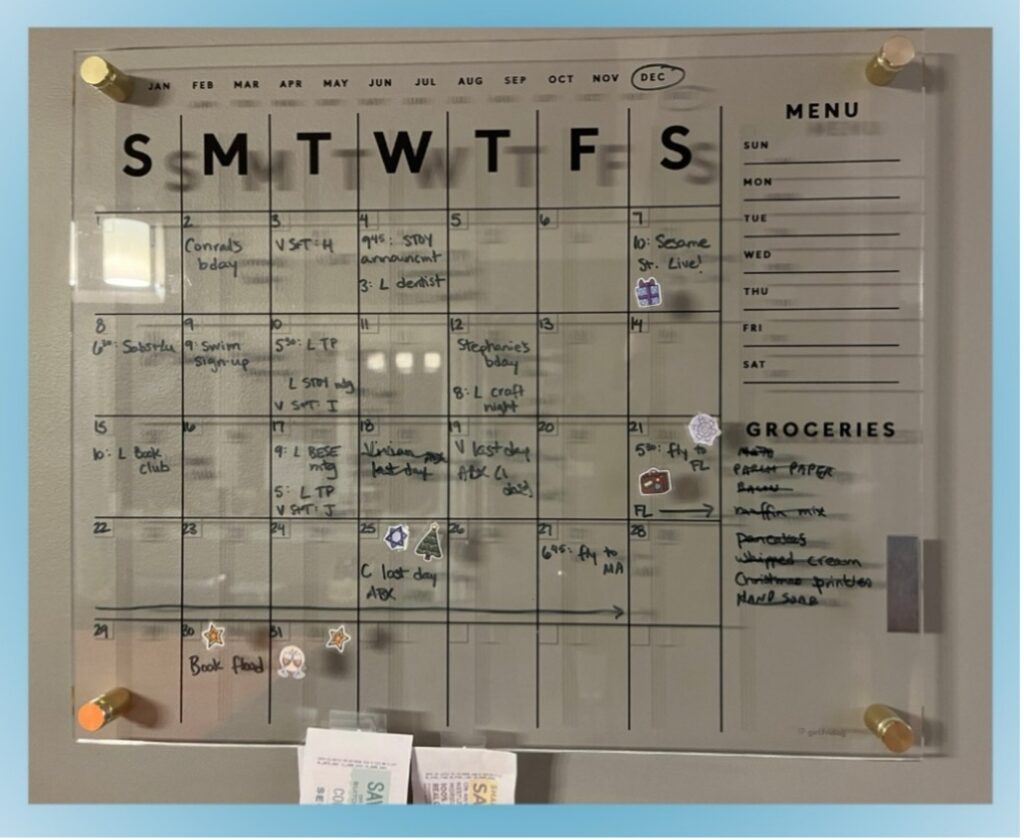
We also keep a family Google calendar, but I want my daughters to have a sense of what is happening, so we use this to be able to glance quickly in the mornings. The stickers also help my young daughters know when important events are happening. (Editor’s Note: Never too young to Together them!)
Luisa, thanks for giving us a peek into your life! Any other special educators out there have special extra Togetherness tips out there to share with us?

- Teens need Togetherness as much as we do. If you have teens or tweens in your orbit, we’ve found some easy-to-implement suggestions for supporting them in their Togetherness goals.
- Life can throw us for a loop sometimes. When things get unpredictable, our standard checklists might fall by the wayside in favor of the Scrappy Situational Checklist.
- Need a little re-Togethering? January was…a lot. If getting things back Together is in order, we suggest a blackout day to focus on what needs to get done.



